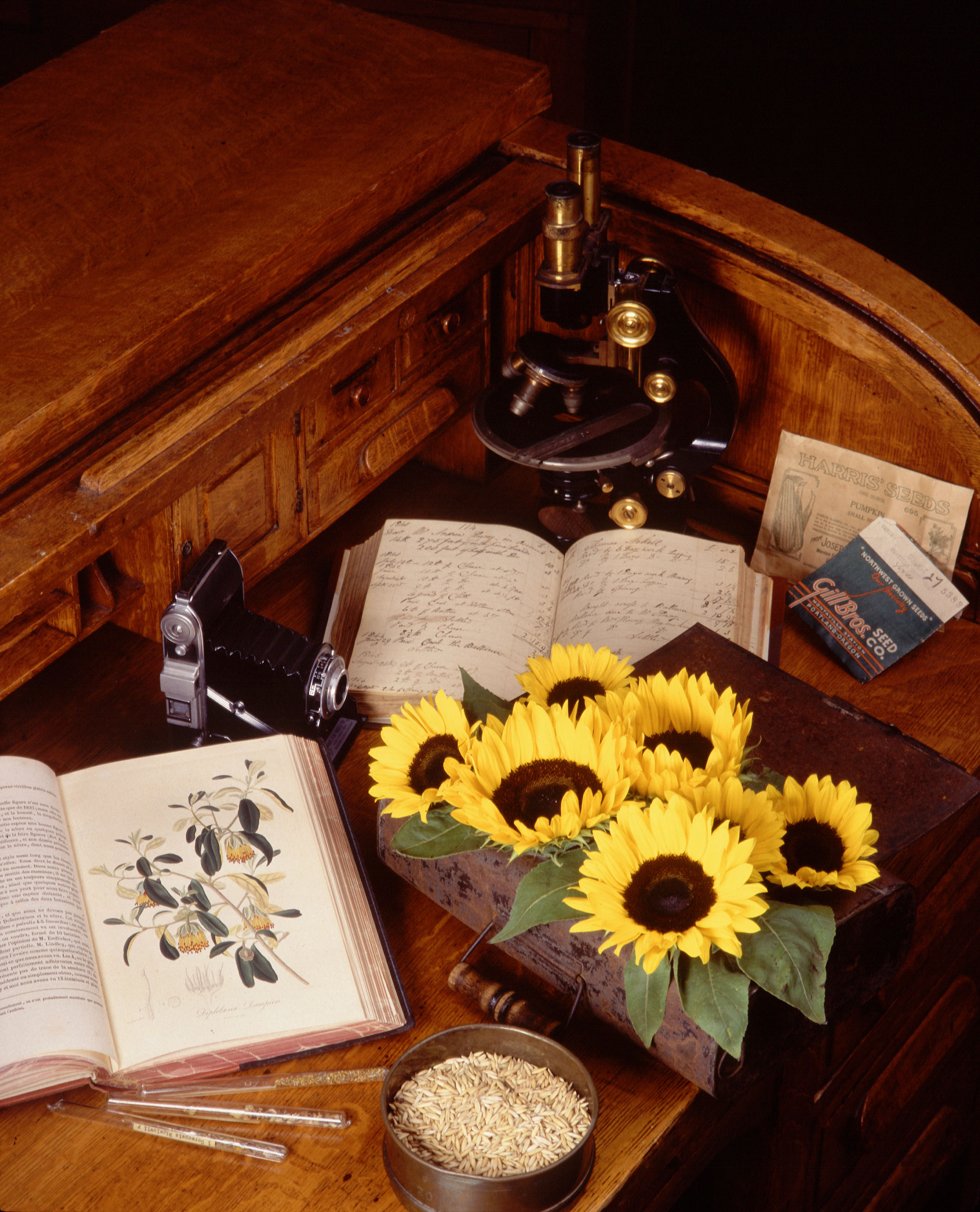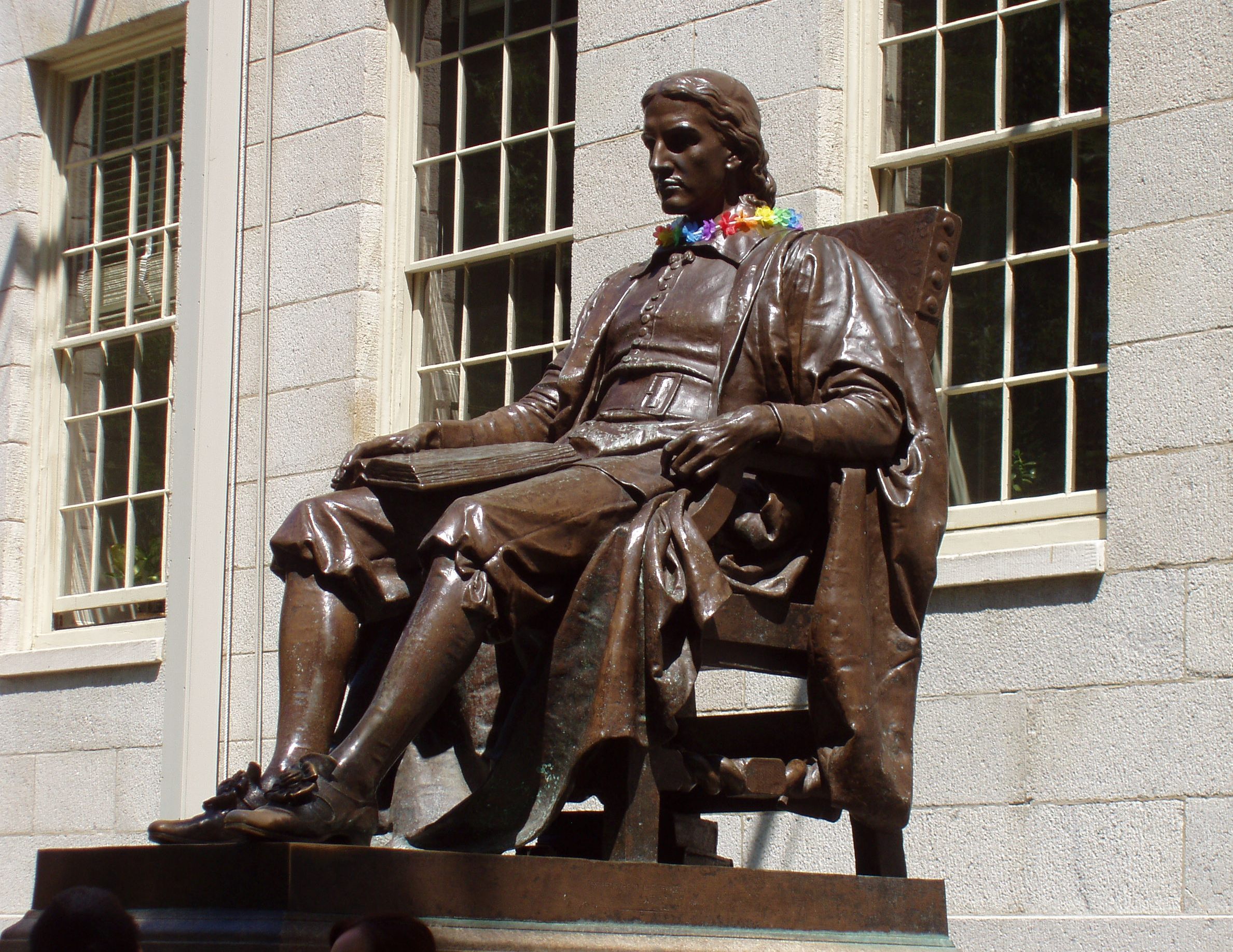|
Harvard Papers In Botany
''Harvard Papers in Botany'' is a peer-reviewed scientific journal published twice a year, in June and December. It covers all aspects of plants and fungi including longer monographs, floristics, economic botany, and the history of botany. ''Harvard Papers in Botany'' was initiated in 1989 to consolidate the following journals published by the Harvard University Herbaria: * ''Botanical Museum Leaflets'', Harvard University (Volumes 1–30, 1932–1986) * ''Occasional Papers of the Farlow Herbarium of Cryptogamic Botany'' (Numbers 1–19, 1969–1987) * Contributions from the Gray Herbarium of Harvard University * ''Farlowia: A Journal of Cryptogamic Botany'' Starting with No. 8, Harvard Papers in Botany also incorporates these journals: * ''Journal of the Arnold Arboretum'' (Volumes 1–71, 1920–1990) * ''Journal of the Arnold Arboretum Supplementary Series'' (Number 1, 1991) Volumes 10 (2005) to present are available online at BioOne. References External links Harvard Pa ... [...More Info...] [...Related Items...] OR: [Wikipedia] [Google] [Baidu] |
Botany
Botany, also called , plant biology or phytology, is the science of plant life and a branch of biology. A botanist, plant scientist or phytologist is a scientist who specialises in this field. The term "botany" comes from the Ancient Greek word (''botanē'') meaning " pasture", " herbs" "grass", or " fodder"; is in turn derived from (), "to feed" or "to graze". Traditionally, botany has also included the study of fungi and algae by mycologists and phycologists respectively, with the study of these three groups of organisms remaining within the sphere of interest of the International Botanical Congress. Nowadays, botanists (in the strict sense) study approximately 410,000 species of land plants of which some 391,000 species are vascular plants (including approximately 369,000 species of flowering plants), and approximately 20,000 are bryophytes. Botany originated in prehistory as herbalism with the efforts of early humans to identify – and later cultivate – ed ... [...More Info...] [...Related Items...] OR: [Wikipedia] [Google] [Baidu] |
Harvard University Herbaria
The Harvard University Herbaria and Botanical Museum are institutions located on the grounds of Harvard University at 22 Divinity Avenue, Cambridge, Massachusetts. The Botanical Museum is one of three which comprise the Harvard Museum of Natural History. The Herbaria, founded in 1842 by Asa Gray, are one of the 10 largest in the world with over 5 million specimens, and including the Botany Libraries, form the world's largest university owned herbarium. The Gray Herbarium is named after him. HUH hosts the Gray Herbarium Index (GCI) as well as an extensive specimen, botanist, and publications database. HUH was the center for botanical research in the United States of America by the time of its founder's retirement in the 1870s. The materials deposited there are one of the three major sources for the International Plant Names Index. The Botanical museum was founded in 1858. It was originally called the ''Museum of Vegetable Products'' and was predominantly focused on an interdisc ... [...More Info...] [...Related Items...] OR: [Wikipedia] [Google] [Baidu] |
Peer Review
Peer review is the evaluation of work by one or more people with similar competencies as the producers of the work (peers). It functions as a form of self-regulation by qualified members of a profession within the relevant field. Peer review methods are used to maintain quality standards, improve performance, and provide credibility. In academia, scholarly peer review is often used to determine an academic paper's suitability for publication. Peer review can be categorized by the type of activity and by the field or profession in which the activity occurs, e.g., medical peer review. It can also be used as a teaching tool to help students improve writing assignments. Henry Oldenburg (1619–1677) was a German-born British philosopher who is seen as the 'father' of modern scientific peer review. Professional Professional peer review focuses on the performance of professionals, with a view to improving quality, upholding standards, or providing certification. In academia, peer ... [...More Info...] [...Related Items...] OR: [Wikipedia] [Google] [Baidu] |
Floristics
{{Short pages monitor ... [...More Info...] [...Related Items...] OR: [Wikipedia] [Google] [Baidu] |
Economic Botany
''Economic Botany'' is a quarterly peer-reviewed academic journal that covers all aspects of economic botany. The editor-in-chief is Robert A. Voeks (California State University, Fullerton). The journal was established in 1947 and is published by Springer Science+Business Media and the New York Botanical Garden Press on behalf of the Society for Economic Botany. Authors have a choice to publish articles under the traditional subscription model or an Open Access model. Abstracting and indexing The journal is abstracted and indexed in: According to the ''Journal Citation Reports'', the journal has a 2020 impact factor The impact factor (IF) or journal impact factor (JIF) of an academic journal is a scientometric index calculated by Clarivate that reflects the yearly mean number of citations of articles published in the last two years in a given journal, as ... of 1.731. References External links *{{Official website, http://www.nybgpress.org/Products/CategoryCenter/JL!E ... [...More Info...] [...Related Items...] OR: [Wikipedia] [Google] [Baidu] |
History Of Botany
The history of botany examines the human effort to understand life on Earth by tracing the historical development of the discipline of botany—that part of natural science dealing with organisms traditionally treated as plants. Rudimentary botanical science began with empirically based plant lore passed from generation to generation in the oral traditions of paleolithic hunter-gatherers. The first written records of plants were made in the Neolithic Revolution about 10,000 years ago as writing was developed in the settled agricultural communities where plants and animals were first domesticated. The first writings that show human curiosity about plants themselves, rather than the uses that could be made of them, appear in ancient Greece and ancient India. In Ancient Greece, the teachings of Aristotle's student Theophrastus at the Lyceum in ancient Athens in about 350 BC are considered the starting point for Western botany. In ancient India, the Vŗkşăyurvĕda, attributed to ... [...More Info...] [...Related Items...] OR: [Wikipedia] [Google] [Baidu] |
Harvard University
Harvard University is a private Ivy League research university in Cambridge, Massachusetts. Founded in 1636 as Harvard College and named for its first benefactor, the Puritan clergyman John Harvard, it is the oldest institution of higher learning in the United States and one of the most prestigious and highly ranked universities in the world. The university is composed of ten academic faculties plus Harvard Radcliffe Institute. The Faculty of Arts and Sciences offers study in a wide range of undergraduate and graduate academic disciplines, and other faculties offer only graduate degrees, including professional degrees. Harvard has three main campuses: the Cambridge campus centered on Harvard Yard; an adjoining campus immediately across Charles River in the Allston neighborhood of Boston; and the medical campus in Boston's Longwood Medical Area. Harvard's endowment is valued at $50.9 billion, making it the wealthiest academic institution in the world. Endowment inco ... [...More Info...] [...Related Items...] OR: [Wikipedia] [Google] [Baidu] |
Farlow Herbarium Of Cryptogamic Botany
The Farlow Herbarium of Cryptogamic Botany is an herbarium and library at Harvard University with about 1,400,000 specimens, including approximately 75,000 types, of lichens, fungi, bryophytes, diatoms, and algae.Farlow Herbarium, Harvard UniversityFarlow Herbarium/ref> It grew from the 1919 bequest of William Gilson Farlow of his personal herbarium and library to Harvard. It grew further from additional bequests from Roland Thaxter Roland Thaxter (August 28, 1858 – April 22, 1932) was an American mycologist, plant pathologist, botanist, and entomologist, renowned for his contribution to the insect parasitic fungi—Laboulbeniales. His college education was completed at Har ..., and specimens, manuscripts, correspondence, illustrations, and field notes from other notable researchers such as E. B. Bartram, E. A. Burt, W. H. Weston Jr., D. H. Linder, and I. M. Lamb. References Herbaria in the United States Harvard University Research institutes in Massachusetts { ... [...More Info...] [...Related Items...] OR: [Wikipedia] [Google] [Baidu] |
Gray Herbarium
The Harvard University Herbaria and Botanical Museum are institutions located on the grounds of Harvard University at 22 Divinity Avenue, Cambridge, Massachusetts. The Botanical Museum is one of three which comprise the Harvard Museum of Natural History. The Herbaria, founded in 1842 by Asa Gray, are one of the 10 largest in the world with over 5 million specimens, and including the Botany Libraries, form the world's largest university owned herbarium. The Gray Herbarium is named after him. HUH hosts the Gray Herbarium Index (GCI) as well as an extensive specimen, botanist, and publications database. HUH was the center for botanical research in the United States of America by the time of its founder's retirement in the 1870s. The materials deposited there are one of the three major sources for the International Plant Names Index. The Botanical museum was founded in 1858. It was originally called the ''Museum of Vegetable Products'' and was predominantly focused on an interdis ... [...More Info...] [...Related Items...] OR: [Wikipedia] [Google] [Baidu] |
SCImago Journal Rank
The SCImago Journal Rank (SJR) indicator is a measure of the prestige of scholarly journals that accounts for both the number of citations received by a journal and the prestige of the journals where the citations come from. Rationale Citations are an indicator of popularity of scientific works and can be perceived as endorsement; prestige can be understood as a combination of the number of endorsements and the prestige of the works publishing them. Adopting this view, the ''SJR indicator'' assigns different values to citations depending on the perceived prestige of the journals where they come from. However, studies of methodological quality and reliability have found that "reliability of published research works in several fields may be decreasing with increasing journal rank", contrary to widespread expectations. The calculation of the ''SJR indicator'' is similar to the ''Eigenfactor score'', with the former being based on the Scopus database and the latter on the Web o ... [...More Info...] [...Related Items...] OR: [Wikipedia] [Google] [Baidu] |
HathiTrust
HathiTrust Digital Library is a large-scale collaborative repository of digital content from research libraries including content digitized via Google Books and the Internet Archive digitization initiatives, as well as content digitized locally by libraries. History HathiTrust was founded in October 2008 by the twelve universities of the Committee on Institutional Cooperation and the eleven libraries of the University of California. The partnership includes over 60 research libraries across the United States, Canada, and Europe, and is based on a shared governance structure. Costs are shared by the participating libraries and library consortia. The repository is administered by the University of Michigan , mottoeng = "Arts, Knowledge, Truth" , former_names = Catholepistemiad, or University of Michigania (1817–1821) , budget = $10.3 billion (2021) , endowment = $17 billion (2021)As o .... The executive director of ... [...More Info...] [...Related Items...] OR: [Wikipedia] [Google] [Baidu] |
Harvard University Academic Journals
Harvard University is a private Ivy League research university in Cambridge, Massachusetts. Founded in 1636 as Harvard College and named for its first benefactor, the Puritan clergyman John Harvard, it is the oldest institution of higher learning in the United States and one of the most prestigious and highly ranked universities in the world. The university is composed of ten academic faculties plus Harvard Radcliffe Institute. The Faculty of Arts and Sciences offers study in a wide range of undergraduate and graduate academic disciplines, and other faculties offer only graduate degrees, including professional degrees. Harvard has three main campuses: the Cambridge campus centered on Harvard Yard; an adjoining campus immediately across Charles River in the Allston neighborhood of Boston; and the medical campus in Boston's Longwood Medical Area. Harvard's endowment is valued at $50.9 billion, making it the wealthiest academic institution in the world. Endowment inco ... [...More Info...] [...Related Items...] OR: [Wikipedia] [Google] [Baidu] |




